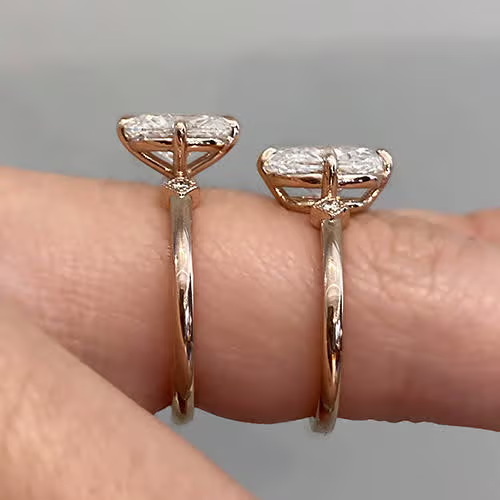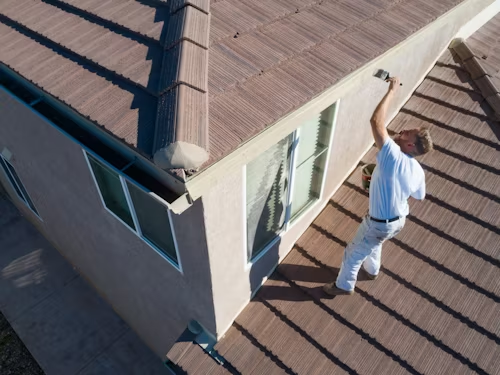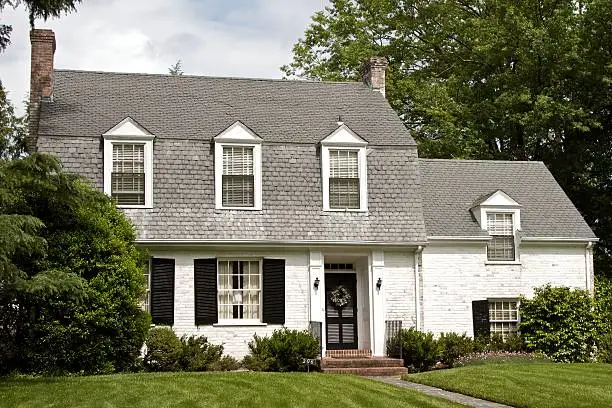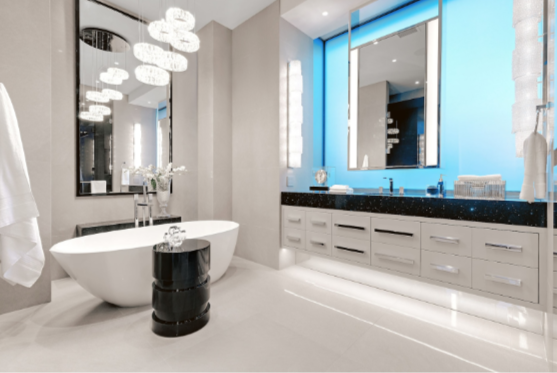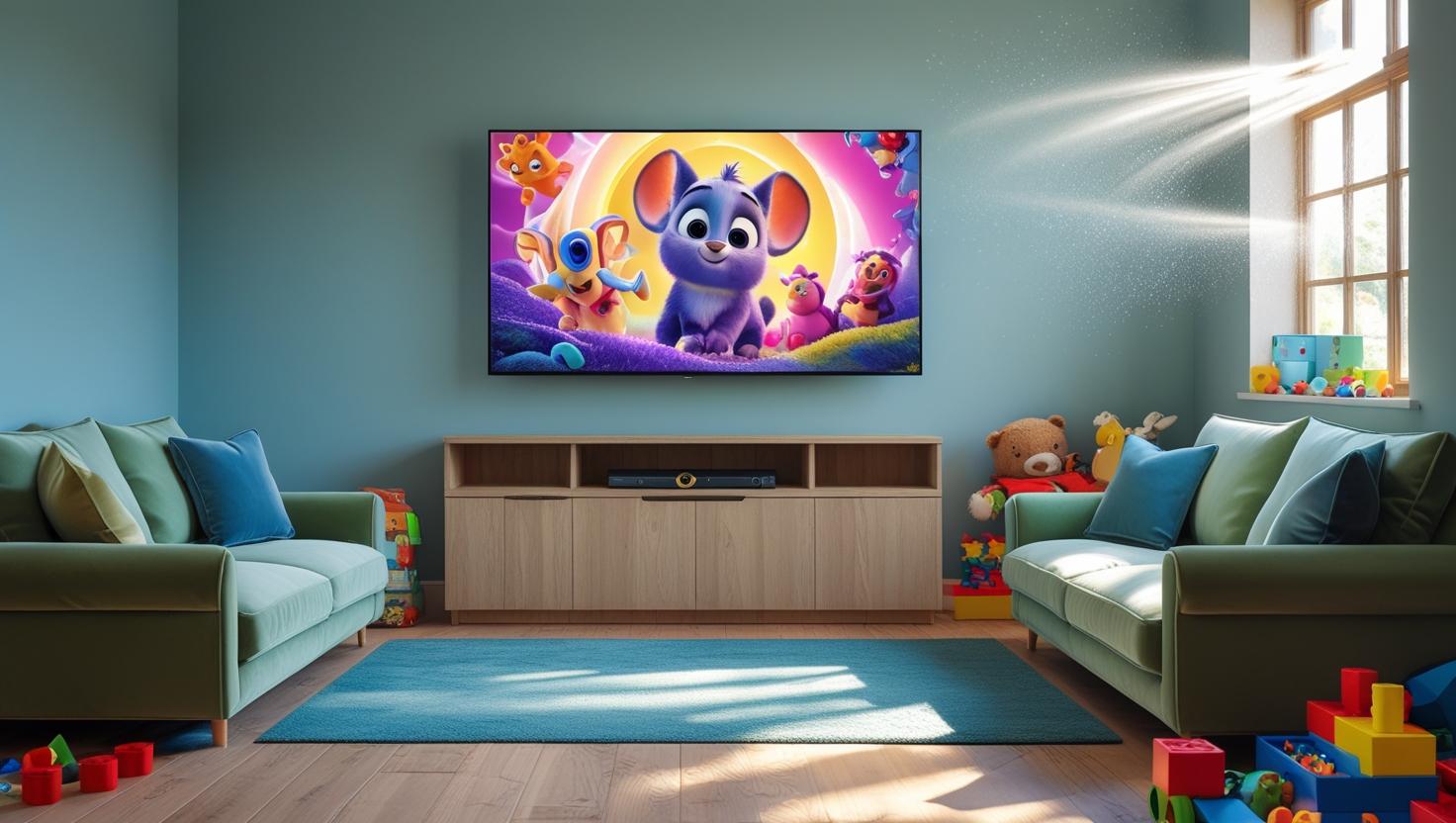In my 15 years of advising companies through both growth cycles and downturns, I’ve noticed that even consumer questions like “Should I buy furniture or rings?” mirror the same decision-making frameworks executives face. Whether it’s allocating capital for office upgrades or long-term equity investments, the logic is strikingly similar. Let’s break down this decision with a pragmatic business lens, drawing lessons from both market behavior and personal experiences.
Understanding the Purchase Framework
What I’ve learned is that the decision isn’t really “furniture vs. rings.” It’s about long-term value, timing, and opportunity cost. Back in 2018, clients spent heavily on physical upgrades, expecting returns in property value. Today, the focus has shifted toward longevity of purchases—durability in furniture versus symbolic investment in rings. The real question is: What solves your immediate need while holding long-term worth?
Furniture: Functional Utility and Daily Value
Look, the bottom line is furniture provides tangible, daily utility. I once advised a startup scaling rapidly, and their choice to invest in quality seating rather than luxury perks saved them thousands in long-term healthcare costs for employees. At a personal level, investing in Outdoor Patio Furniture transforms not just physical space but lifestyle habits. From a USA perspective, furniture often pays off in comfort, health, and resale value.
Rings: Emotional Return on Investment
I’ve seen this play out in industries where symbolic purchases generate stronger loyalty than functional ones. A ring, especially something like Men Wedding Rings, offers emotional ROI that can’t be quantified the same way furniture can. Rings anchor life milestones—engagement, marriage, anniversaries. The data tells us wedding-related purchases often sustain perceived value far beyond their material worth. If you think in business terms, rings act as lifetime goodwill investments.
Timing the Decision Like a Market Buy
During the 2020 economic downturn, most consumers delayed big-ticket items. The smart ones? They treated it like stock timing—buying furniture when supply chains were disrupted but inventories were discounted. Conversely, rings seldom depreciate in emotional value, so purchasing them often sticks to life timelines rather than market cycles. The real-world executive parallel: Do you time your move for external advantage or internal milestones?
Budget Allocation: Capex vs. Symbolic Assets
Here’s what nobody talks about—your household budget mirrors corporate capital expenditure planning. Furniture is like upgrading servers: essential, practical, depreciates with use. Rings are closer to goodwill on a balance sheet: intangible but impactful in ways outsiders don’t always calculate. I once worked with a client who cut Capex spending but still funded high-visibility symbolic projects. Staff morale soared despite leaner resources—rings play that same role in households.
Lifestyle Fit and Long-Term Alignment
The reality is that furniture aligns with lifestyle goals. If family dinners, outdoor gatherings, and hosting friends matter, then furniture becomes the right choice. I’ve guided clients where their corporate office layout dictated collaboration outcomes; the same logic applies at home—your living environment dictates behavior. Meanwhile, rings serve alignment with relational commitments rather than lifestyle design.
Risk Mitigation and Resale Value
From a practical standpoint, furniture often carries resale or re-utilization value. I once sold a client’s bulk office chairs during a restructuring phase—recouping about 30% of their cost. Try doing that with rings, and you’ll see the depreciation curve is far steeper. If risk mitigation matters, furniture generally outperforms rings in financial recovery terms.
Choosing Based on Life Stage
In early career years, investing in functional assets like furniture may carry more weight, just as companies invest in infrastructure before branding. Later in life, symbolic assets like rings start rivaling functional ones. Most American consumers follow this exact trajectory. The key is assessing life stage just as we assess business maturity—what investments bring the highest compound return today?
Cultural Expectations and Social Context
I’ve seen businesses sink money into projects purely for optics—and in some cases, appearances were everything. The USA consumer market behaves similarly: not buying a wedding ring may carry cultural or relational costs, while skipping a furniture upgrade rarely has the same immediate stigma. Here’s what works: make decisions with context, because cultural expectations can reshape “value” entirely.
Conclusion
So, USA perspective: Should you buy furniture or rings? The truth is, it depends on timing, life stage, and whether you value functional productivity or emotional goodwill. I tell clients—and friends—the same thing: both categories bring returns, but recognizing which return you need now separates a wise purchase from a financial misstep.
FAQs
Is furniture a better financial investment than rings?
Furniture usually provides more resale value and practical utility, but lacks the symbolic weight rings carry.
Do rings hold any actual financial value?
Rings have limited resale but immense emotional ROI, often outweighing their financial depreciation.
What’s the smarter choice for young professionals?
Furniture tends to be the smarter buy early on, as it supports lifestyle and productivity foundations.
Should purchase decisions depend on economic cycles?
Yes, furniture can be timed with discounts and supply cycles, while rings follow life-event timelines.
How does culture affect this decision?
In the USA, not having a wedding ring can carry social cost, while furniture choices remain more flexible.

